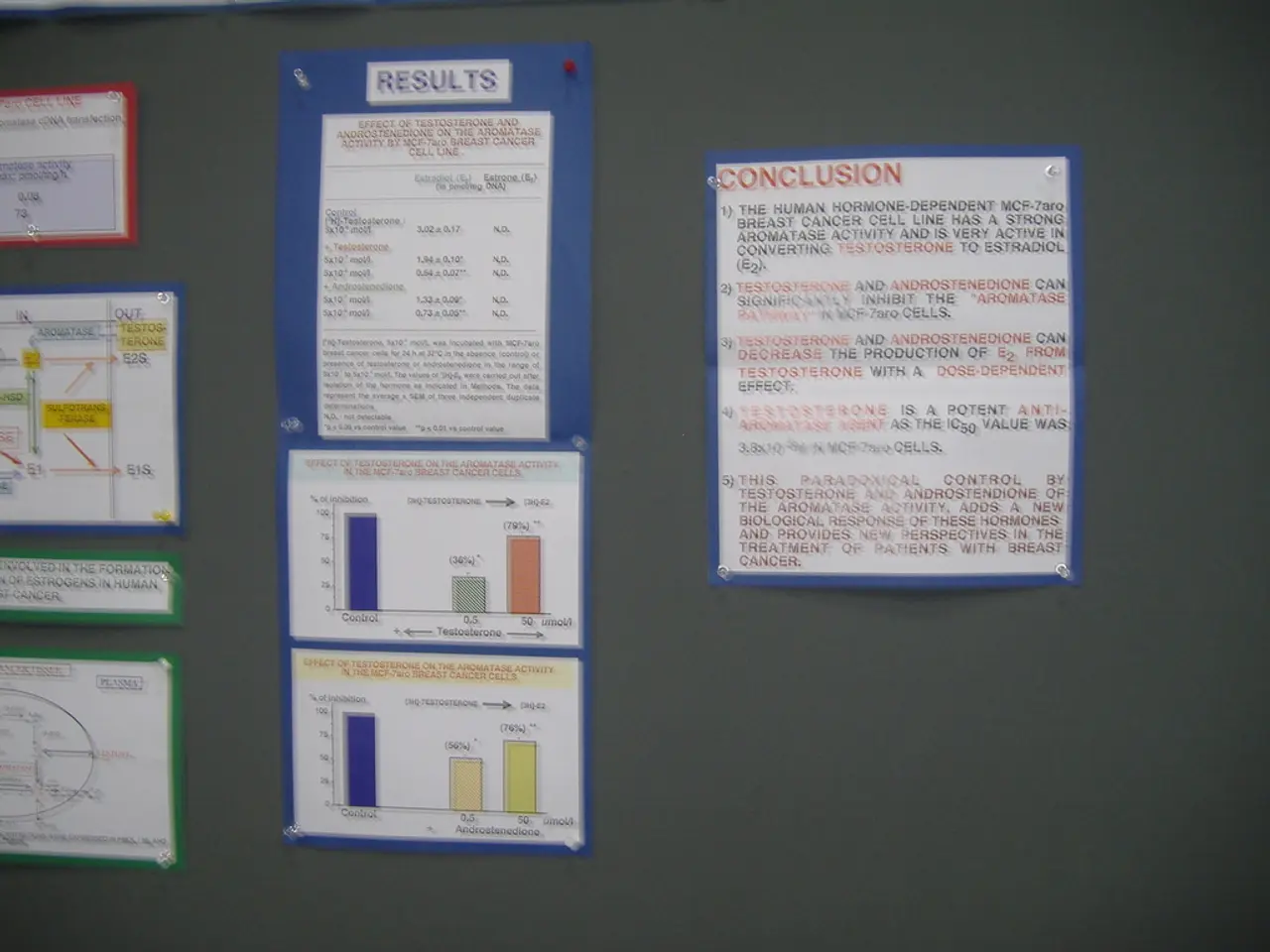Possible threats of salary deduction due to student loan arrears
Headline: Millions of Student Borrowers Face Wage Garnishment: Here's What You Can Do
As the pandemic-era payment pause comes to an end, millions of student borrowers could face the threat of wage garnishment starting this summer. Here's what you need to know and the steps you can take to avoid this situation.
Body
The Department of Education has issued notices to borrowers, warning that tax refunds and wages could be withheld if they don't take action to restart payments. However, there are two primary steps borrowers can take to remove their loans from default and avoid wage garnishment: Loan Rehabilitation and Loan Consolidation.
Loan Rehabilitation
To initiate loan rehabilitation, work with your loan servicer to agree on a rehabilitation plan. This typically involves making nine consecutive monthly payments based on your income, which are generally affordable. Once you start rehabilitation payments, wage garnishment stops. Successfully completing rehabilitation removes the default status from your credit history.
Loan Consolidation
Alternatively, you can apply for a federal Direct Consolidation Loan via the StudentAid.gov website. To qualify, you can either make three consecutive voluntary payments on the defaulted loans or agree to repay the new consolidation loan under an income-driven repayment (IDR) plan. Consolidation is often faster than rehabilitation and can remove default status by creating a new loan in good standing.
Important Considerations
If your loans are in default, the Department of Education must notify you at least 30 days before initiating wage garnishment and will allow you to request a hearing to object on financial hardship grounds. You can submit documentation of income and expenses to request lower garnishment amounts.
If you’re uncertain about your loan holder or need to request a hearing, contact the Education Department’s Default Resolution Group. These steps apply primarily to federal student loans, which are subject to government wage garnishment policies. Private loans have different rules and typically do not involve garnishment by the federal government.
Preparing for Potential Wage Garnishment
To prepare for potential wage garnishment, log into studentaid.gov to check if your federal student loans are in default. If you fear financial hardship due to wage garnishment, you have 30 days to request a hearing.
Additional Information
Millions of borrowers have seen hits to their credit ratings since the end of the Biden-administration grace period, which prevented late or missed payments from affecting credit scores. If you were laid off from your last job, you can object to garnishment if you have not been in your current job for 12 consecutive months.
Common reasons for statutory discharge of student loans include if the school you attended closed before you could complete your degree, if your school owes you a refund but fails to pay it, if you're experiencing total disability, or if you're experiencing bankruptcy.
Long wait times and dropped calls have been reported when contacting student loan servicers. If you encounter such issues, you can contact your congressperson for assistance using a casework tool that can guide you through submitting a constituent request.
Case Study
Richelle Brooks, an education administrator based in Los Angeles, has $239,000 in outstanding student loan debt and was informed her monthly payments on those loans will be roughly $3,000. Despite the challenges, it's essential to stay informed and take action to manage your student loans and avoid wage garnishment.
[1] Source: StudentAid.gov [2] Source: Federal Student Aid, U.S. Department of Education [3] Source: National Consumer Law Center
- For borrowers facing the threat of wage garnishment on their federal student loans, initiating loan rehabilitation by agreeing on a rehabilitation plan with the loan servicer can help stop wage garnishment and remove the default status from their credit history.
- To avoid potential wage garnishment on personal-finance matters, individuals can proactively educate themselves about loan consolidation, a federal Direct Consolidation Loan process that allows borrowers to create a new loan in good standing, often faster than rehabilitation.




